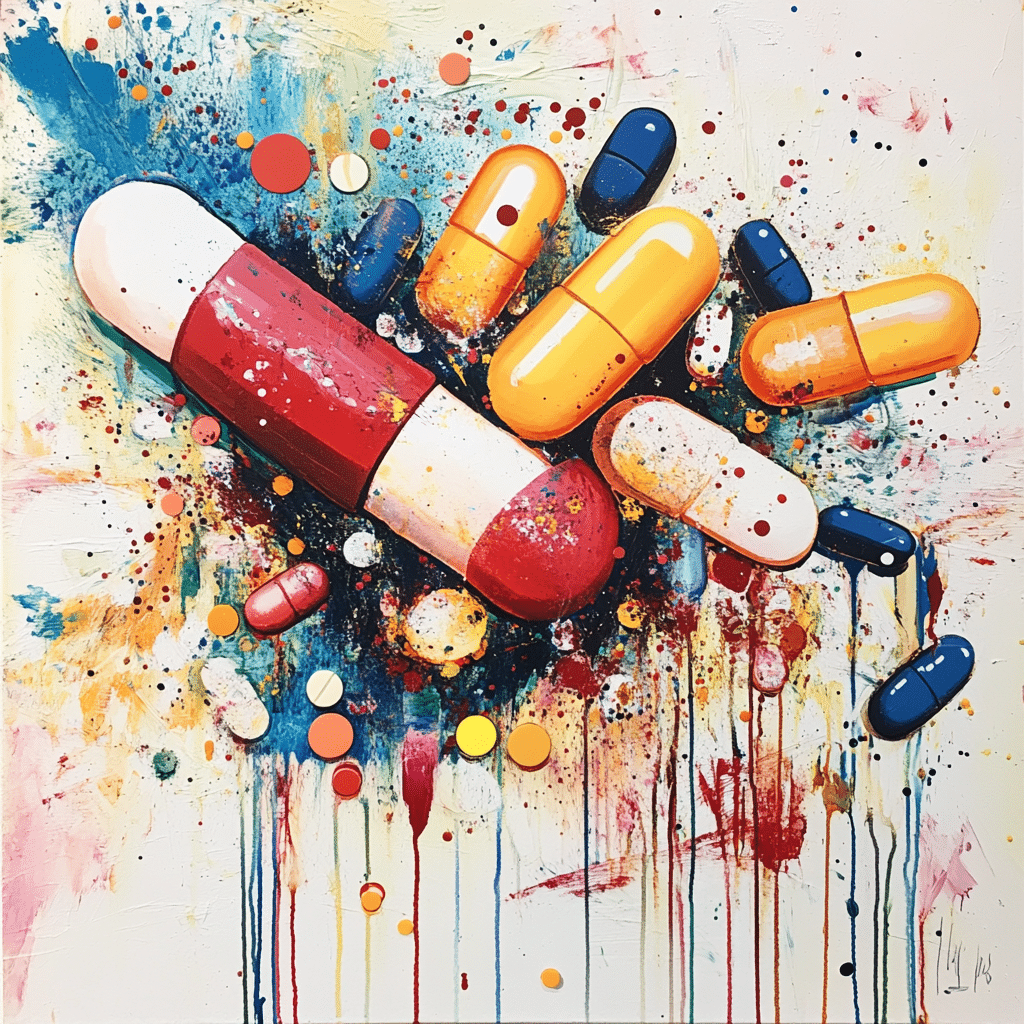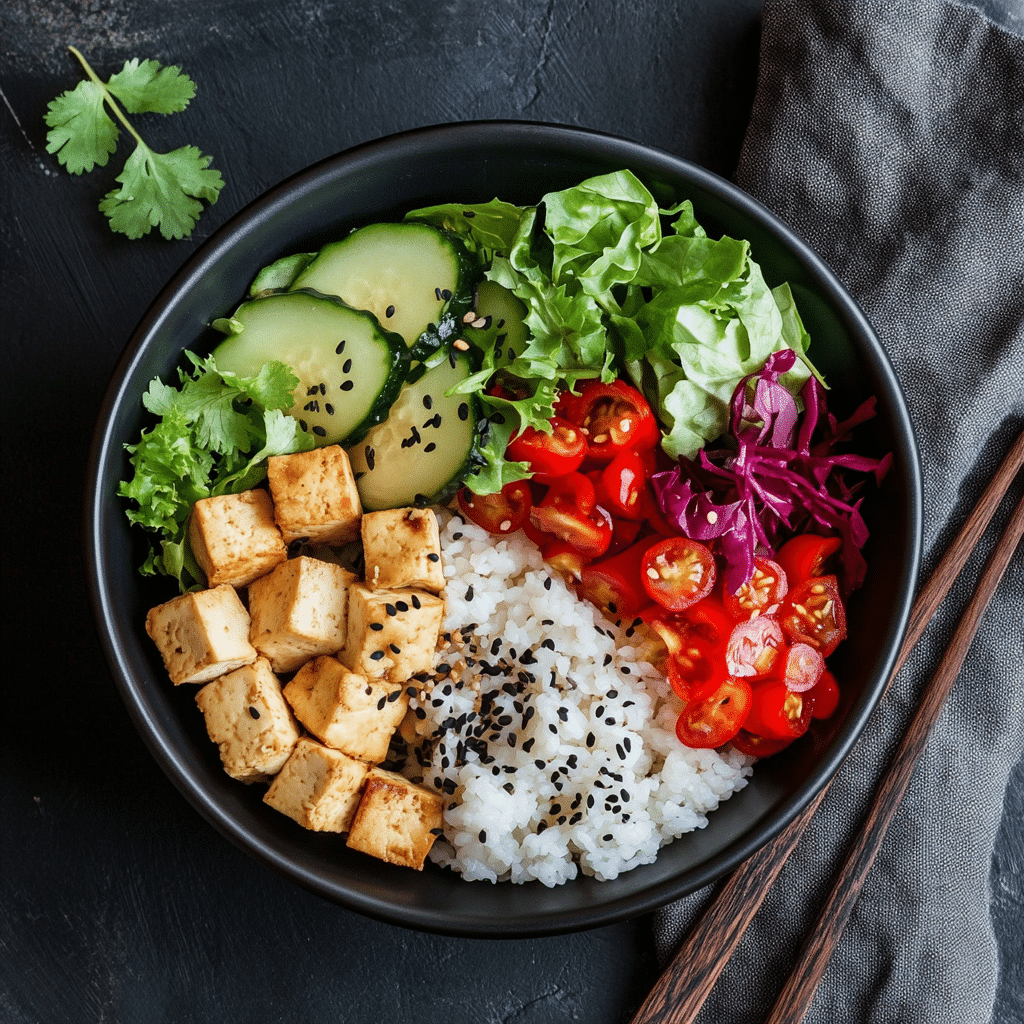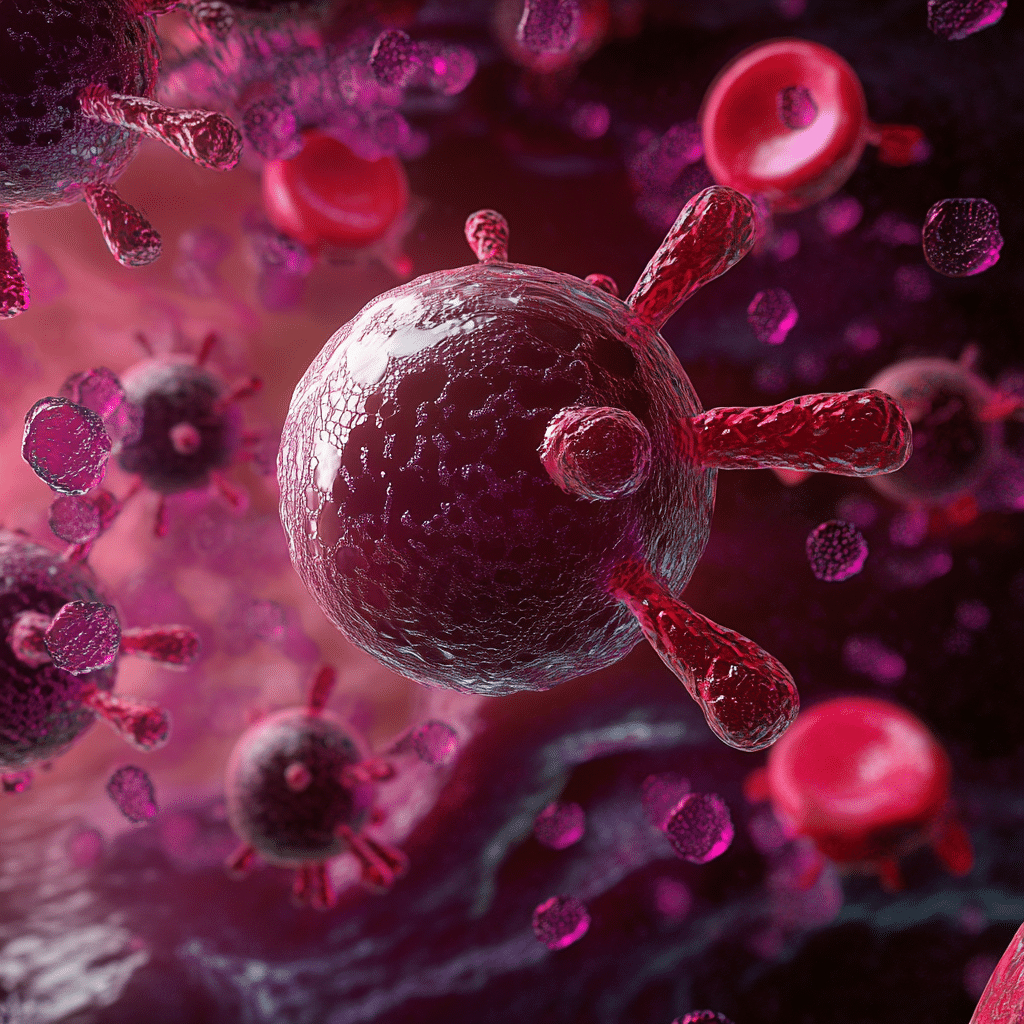When it comes to health and wellness, schedule 2 drugs often raise lots of questions and concerns. These medications are commonly prescribed to treat severe pain and attention disorders but have a high potential for abuse and dependence. Understanding schedule 2 drugs, including their dangers, isn’t just for healthcare providers; it’s vital for patients too. There’s no room for ignorance when it comes to these powerful substances. Let’s dive deeper into the risks associated with these medications and what they mean for you.
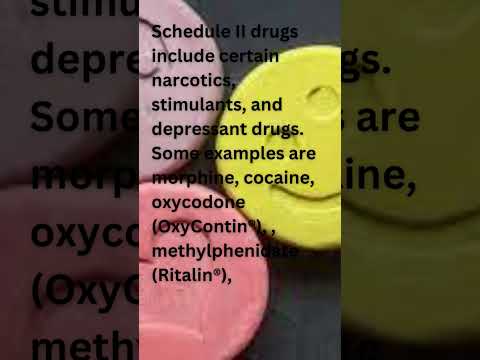
Understanding Schedule 2 Drugs and Their Risks
Schedule 2 drugs are classified by the Drug Enforcement Administration (DEA) as substances that come with a high risk for abuse. These drugs are still legally prescribed and can be essential for certain medical conditions, but they need to be approached with caution. Examples include potent opioids like oxycodone (OxyContin) and stimulants like amphetamine (Adderall).
An awareness of their implications is crucial for everyone. Misuse of these medications can lead not only to addiction but also to health crises and even death. Communication between healthcare providers and patients is key to navigating the challenges these substances present. Let’s chat about the most notorious players in the schedule 2 drugs category.
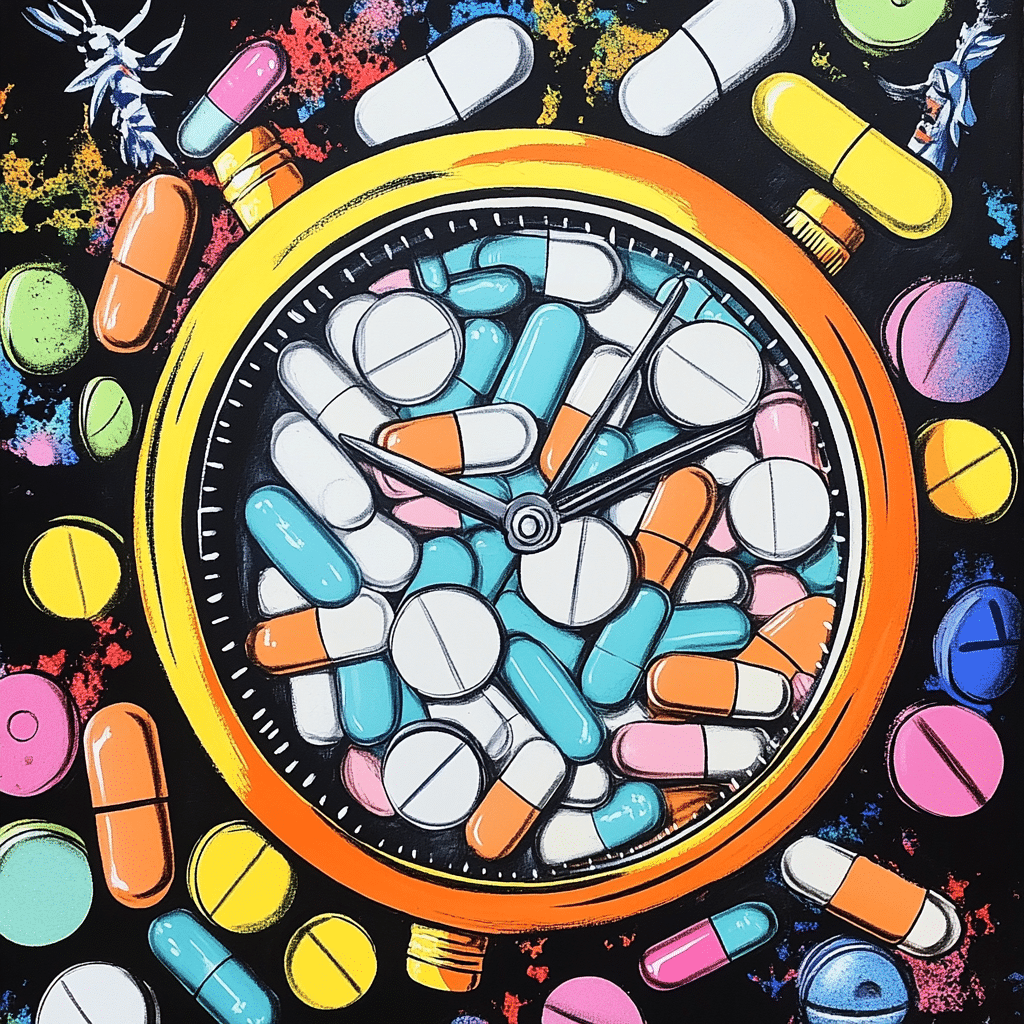
The Top 7 Schedule 2 Drugs: Potency and Prevalence
Let’s break down the standout schedule 2 drugs that have made headlines due to their potential for abuse, while also discussing their legitimate medical uses and the associated risks.
1. Oxycodone (OxyContin)
Oxycodone, commonly known by its brand name OxyContin, is usually prescribed for moderate to severe pain. While it serves a legitimate purpose, this drug is infamous for its addictive properties. The opioid crisis in America is rooted deeply in its misuse. In 2023, over 11 million people reported using prescription opioids for non-medical reasons, with a significant portion of that number involving oxycodone. It’s like a double-edged sword; it can provide relief, but at what cost?
2. Fentanyl
Next up is fentanyl, a powerful opioid that’s estimated to be 50 to 100 times more potent than morphine. This is where things take a turn for the worse. Fentanyl has become notorious as a leading cause of overdose deaths in the U.S. In 2022, it was responsible for over 70% of all opioid-related fatalities. The rise of counterfeit pills containing fentanyl has fed into the opioid epidemic, leading to tragic outcomes for many.
3. Hydromorphone (Dilaudid)
Hydromorphone, branded as Dilaudid, is typically used in hospital settings to treat severe pain. This drug is fast-acting, making it a popular choice for acute pain relief. However, it’s also highly addictive, making misuse a growing concern, particularly in populations with a history of substance abuse. Reports indicate a frightening increase in hydromorphone overdoses in emergency rooms, proving that even in a clinical environment, caution is paramount.
4. Methamphetamine (Desoxyn)
Desoxyn, the medical form of methamphetamine, is prescribed for ADHD and obesity but carries intense risks. The recreational use of meth is skyrocketing, leading to health crises across the United States. States like California have seen alarming surges in meth-related incidents, showing that the transition from prescription medication to illegal drugs is a real and pressing issue.
5. Amphetamine (Adderall)
Adderall, a staple for treating ADHD, has gained a notorious reputation on college campuses. Used off-label as a study aid, nearly 30% of college students reportedly misuse stimulant medications to enhance academic performance, according to a 2023 study. It speaks volumes about how desperate some students are for an edge, but the consequences can lead to addiction and anxiety.
6. Methylphenidate (Ritalin)
Similar to Adderall, methylphenidate (Ritalin) is often misused by adolescents seeking improved focus. Evidence suggests that long-term misuse can lead to addiction and anxiety disorders. Therefore, prescribers need to approach the medication with extreme caution, ensuring they monitor their patients closely while educating them on the potential risks involved.
7. Codeine
Codeine, often combined with acetaminophen, is effective for relieving pain but also comes with risks of abuse. It’s a slippery slope; the longer you use it, the higher the chances of developing a dependency. Health organizations continue to raise awareness around the importance of vigilance among prescribers and patients to avoid unnecessary prescriptions and potential addiction.
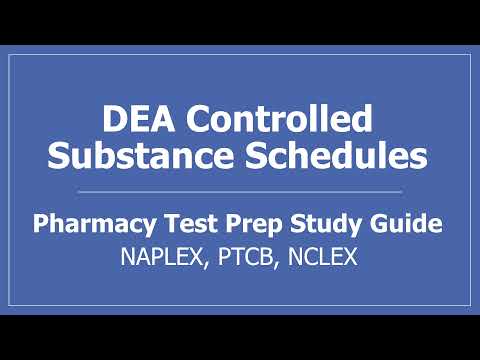
The Slim Line Between Schedule 1 and Schedule 2 Drugs
When we talk about schedule 2 drugs, it’s hard not to bring up schedule 1 drugs as well. Schedule 1 drugs, like heroin and LSD, are classified as having no accepted medical use at all. This classification has sparked debates, especially regarding substances like marijuana. While many states have legalized cannabis, it remains a schedule 1 drug at the federal level, highlighting a massive divide between societal perceptions and scientific consensus on drug safety and medical efficacy.

Moving Forward: Navigating the Dangers
Addressing the risks surrounding schedule 2 drugs demands collective understanding and action. Education and an open dialogue between healthcare providers and patients are vital steps in preventing abuse. With the rising awareness of the dangers linked to these medications, proactive measures like strict monitoring and alternative therapies need to take the forefront.
Communities must engage in discussions about responsible prescribing practices, emphasizing the need for patient education that combats the rising tide of addiction. It’s critical for healthcare professionals, regulatory bodies, and patients alike to strike a balance between managing pain and curbing the risks of addiction. Together, let’s ensure that we can benefit from medical advancements without falling prey to their darker sides.
In conclusion, understanding schedule 2 drugs is no small feat, and it requires concerted effort to navigate their complexities safely. Your health journey is too valuable to risk it all on the wrong choices, so arm yourself with knowledge. Be proactive, stay informed, and always consult your healthcare provider about any concerns regarding prescriptions.
Get shredded, gain muscle, and feel empowered—after all, the path to becoming your best self starts with making informed choices and staying in control! Just like enhancing your workouts with effective routines—like the dumbbell Deadlift—proper understanding of what you put in your body can take you to new heights! Whether you’re looking to learn about the Strongest muscle in The body or the incredible benefits of celery, stay sharp and prioritize your health for a better, brighter future. If you ever feel like taking a break, don’t forget to check out movies or shows, like where to watch the Barbie movie or dive into other trending topics that interest you. Your health won’t take care of itself—make it a priority!
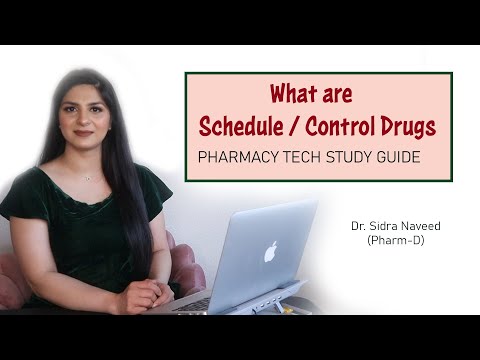
Schedule 2 Drugs: Engage with the Dangerous Side of Prescriptions
The Basics of Schedule 2 Drugs
Schedule 2 drugs are no laughing matter. They’re classified as substances that carry a high potential for abuse, leading to severe psychological or physical dependence. This means that whether it’s painkillers, stimulants, or even some sedatives, these meds walk a fine line. Interestingly, some well-known celebrities have openly discussed their prescribed use of Schedule 2 drugs. For instance, during the height of her career, Ariana Grande openly revealed how she managed her pain while on tour, showcasing a nuanced view on the responsible use of powerful medications like these. Despite their importance in medical care, misuse can lead to grim consequences, much like the unpredictability of encountering a stingray while swimming at the beach – a reminder that sometimes, it’s best to tread carefully.
Facts and Figures
Did you know Schedule 2 drugs have specific regulations? Restrictions are enforced due to the potential danger posed by misuse. To put this in perspective, some Schedule 2 medications are as potent as drugs found in powerful sedatives or stimulants. On a lighter note, what can you do to boost your well-being while on these medications? You might want to boost your diet with easy essentials like celery; the celery Benefits are numerous, from hydration to its low-calorie charm. Remember, a balanced lifestyle can complement any treatment plan you follow!
Cultural Insights on Schedule 2 Drugs
In the world of entertainment and gaming, references to drugs, including Schedule 2 substances, pop up quite often. A recent gaming sensation like Dragons Crown even explores themes of power and addiction. It’s fascinating how cultural products interpret the serious issues surrounding drug use. Speaking of interest, if you’re looking for fun movie options that may include provocative themes, one recent film asks, Where can I watch The Barbie movie? As policies and regulations shift, the conversation around Schedule 2 drugs remains ever so relevant. With constant changes in laws and opinions, it keeps everyone on their toes—just like managing Heterochromia eyes, a unique trait that definitely piques interest!
Remember, knowledge is power, so keeping informed about these substances can help promote safer practices. As you maneuver through the fascinating but treacherous waters of Schedule 2 drugs, always prioritize safety and awareness.
